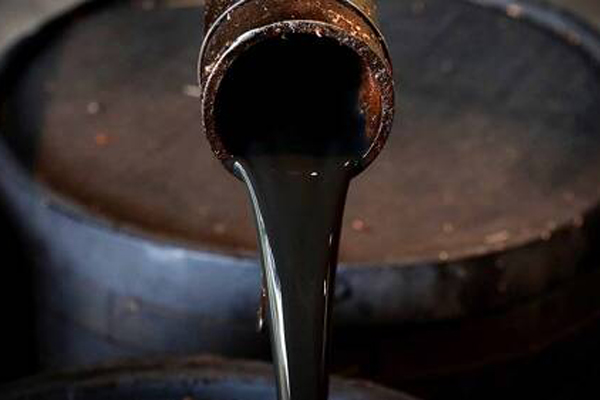Africa victimised in rise of global crude oil prices

What you need to know:
- In Uganda by November 15, Petrol price was at Shs4,630 and Diesel price was at Shs4,290 per litre at Total Uganda fuel station.
Many African nations’ economies are fueled by petroleum, leaving the continent particularly vulnerable to volatile international fuel price fluctuations. In most countries, the price surge has exacerbated a spike in inflation.
“This is because the cost of energy remains one of the key elements considered in calculating inflation,” Patrick Obath, a Kenya-based petroleum economist.
The six East African countries are currently struggling with the gas market stampede due to high prices at the pumps.
“When you look at the foodstuffs that an average African eats, the cost of fuel is a key ingredient in determining the ultimate price on what lands on the table of an average African home,” explains Obath.
In Uganda by November 15, Petrol price was at Shs4,630 and Diesel price was at Shs4,290 per litre at Total Uganda fuel station.
“The surge in energy prices poses significant near-term risks to global inflation and, if sustained, could also weigh on growth in energy-importing countries,” said Ayhan Kose, Chief Economist and Director of the World Bank’s Prospects Group, which produces the Outlook report.
“The sharp rebound in commodity prices is turning out to be more pronounced than previously projected. Recent volatility in prices may complicate policy choices as countries recover from last year’s global recession.”
In 2021, some commodity prices rose to or exceeded levels not seen since the spike of 2011. For example, natural gas and coal prices reached record highs amid supply constraints and rebounding demand for electricity, although they are expected to decline in 2022 as demand eases and supply improves.
However, additional price spikes may occur in the near-term amid very low inventories and persistent supply bottlenecks.
According to the latest data released by the Energy Information Administration, US commercial crude oil inventories rose by 6.1 million barrels during the week ending October 8.
This increase was far higher than the market expectation of a 140,000-barrel rise. However, gasoline inventories declined by two million barrels to 223.1 million barrels over that period.
A factor that dampened oil demand came from China when the General Administration Customs showed that China’s crude oil imports plummeted 15.3 per cent in September year over year.
The world’s largest crude oil consumer decided to sell oil from its strategic reserves last month, adding a domestic oil supply of about 9.99 million barrels per day (bpd), compared to 11.8 million bpd in September last year.
South Africa also hasn’t escaped the effects of high fuel prices, with agricultural industry association Agri SA warning that prices would reach “catastrophic proportions” in November.
Agri SA has expressed concerns that the combined costs of fertilizer, diesel, electricity and labor were making it extremely difficult to produce food sustainably.
South Africa’s “slate levy,” a self-adjusting mechanism used by the government to deal with daily differences in petrol prices, has also come under scrutiny.
Under the country’s current system, the basic fuel price only changes once a month, although the real basic fuel price changes every day. This means any additional costs or savings, in better times are passed on to fuel consumers the next month.
Crude oil prices (an average of Brent, WTI, and Dubai) were expected to average $70 in 2021, an increase of 70 percent. They are projected to be $74 a barrel in 2022 as oil demand strengthens and reaches pre-pandemic levels.
The use of crude oil as a substitute for natural gas presents a major upside risk to the demand outlook, although higher energy prices may start to weigh on global growth.
As global growth softens and supply disruptions are resolved, metal prices are forecast to fall 5 percent in 2022, after rising by an estimated 48 percent in 2021.
Following a projected 22 percent increase in 2021, agricultural prices are expected to decline modestly next year as supply conditions improve and energy prices stabilize.
David Maclaren Kiiza, Civil Eng, Statistician and Petroleum Engineer




